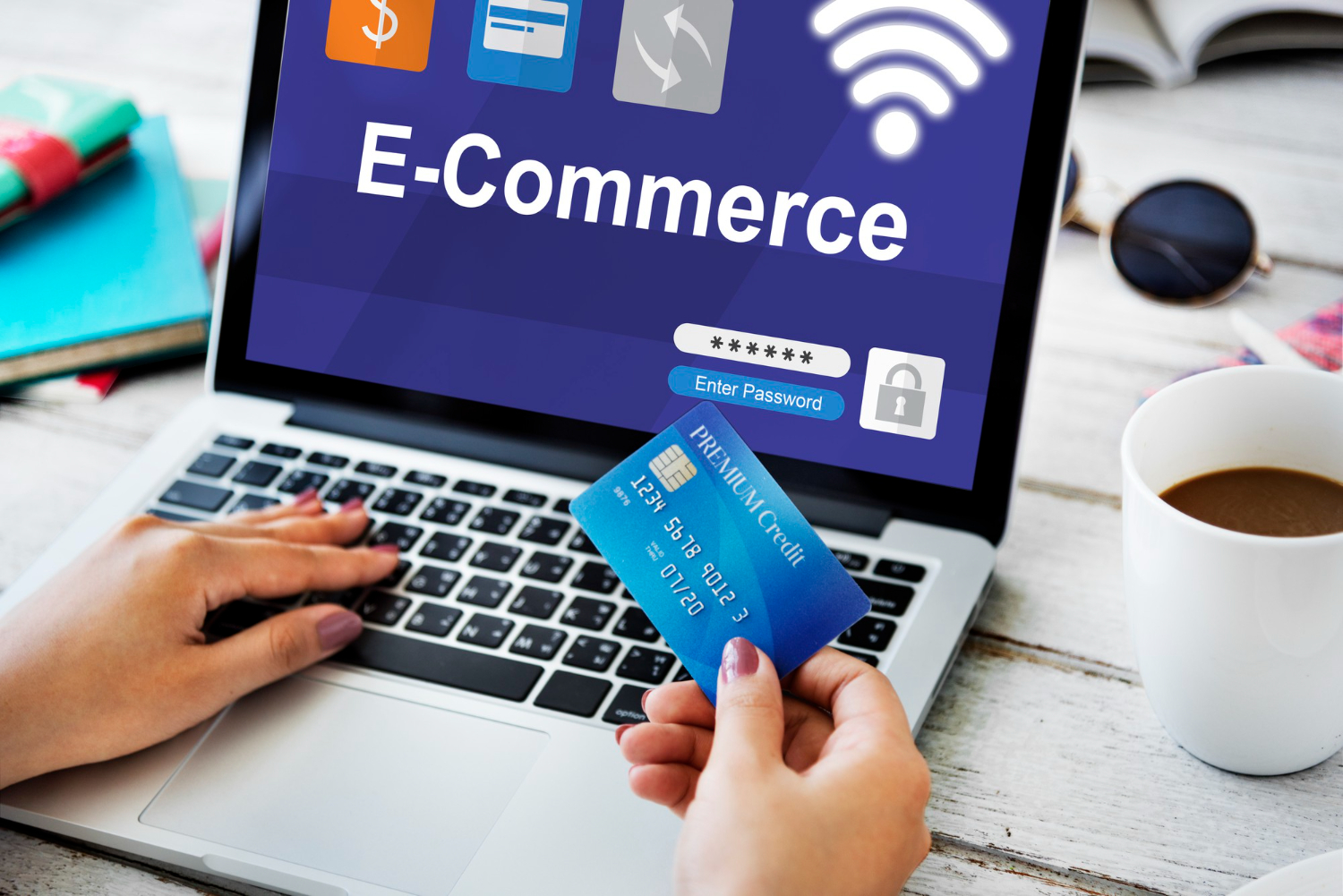
The Best E-commerce Business Models for Retailers
The e-commerce industry has revolutionised retail, offering businesses numerous ways to sell online. Choosing the right e-commerce business model is crucial for success. Choosing between dropshipping, wholesale, subscription boxes, or direct-to-consumer sales? It’s important to understand the pros and cons of each method. This knowledge will guide you in creating a successful and growing retail business.
This guide will explain the best e-commerce models. It covers their benefits, challenges, and the types of retailers they fit best.
1. Dropshipping: A Low-Risk E-commerce Model
What is Dropshipping?
Dropshipping is a fulfillment model where retailers sell products without holding inventory. Instead, products are shipped directly from suppliers to customers when an order is placed.
Pros of Dropshipping
- Low Startup Costs: No need for upfront inventory investment.
- Scalability: Easily expand product offerings without logistical challenges.
- Flexibility: Operate from anywhere with an internet connection.
- Reduced Risk: No unsold inventory or warehouse costs.
Cons of Dropshipping
- Lower Profit Margins: Higher product costs since suppliers handle fulfillment.
- Limited Control: No oversight over product quality, shipping times, or packaging.
- High Competition: Many retailers sell the same products, making differentiation difficult.
- Customer Service Challenges: Retailers must rely on suppliers to resolve issues.
Best for:
- Entrepreneurs testing new product ideas.
- Retailers looking for a low-investment business model.
- Businesses focused on niche markets.
2. Wholesale: Bulk Buying for Higher Profits

What is Wholesale?
Wholesale is buying products in bulk from makers or suppliers. You get a lower price this way.a Then, sellers sell them for a profit.
Pros of Wholesale
- Higher Profit Margins: Buying in bulk leads to lower per-unit costs.
- Brand Control: Retailers manage inventory, pricing, and shipping.
- Stronger Supplier Relationships: Consistent purchases lead to better deals.
- Faster Shipping: Products are shipped directly from retailer-owned warehouses.
Cons of Wholesale
- Higher Initial Investment: Requires capital for inventory purchases.
- Storage Costs: Warehousing expenses can be significant.
- Risk of Overstocking: Unsold inventory ties up capital.
- Logistics Management: Handling inventory, shipping, and returns requires organization.
Best for:
- Established retailers with capital for inventory.
- Businesses seeking higher profit margins.
- Retailers wanting control over product quality and fulfillment.
3. Subscription Box Retail: A Recurring Revenue Model
What is Subscription Box Retail?
The subscription box model sells curated products regularly. Customers can choose to receive them monthly, quarterly, or annually. This creates a steady revenue stream.
Pros of Subscription Box Retail
- Predictable Revenue: Recurring payments improve financial stability.
- Customer Loyalty: Engages customers and increases retention.
- Scalability: Easier to forecast growth and inventory needs.
- Niche Appeal: Allows targeting of specific customer interests.
Cons of Subscription Box Retail
- High Customer Acquisition Costs: Marketing and promotions are essential for customer retention.
- Churn Rate Risks: Customers may cancel after a few months if they lose interest.
- Inventory Planning Challenges: Demand fluctuations can lead to supply chain issues.
- Product Sourcing Complexity: Requires constant new product offerings to keep customers engaged.
Best for:
- Retailers selling curated niche products.
- Brands looking to create a loyal customer base.
- Businesses seeking stable, predictable revenue.
4. Direct-to-Consumer (DTC) Strategy: Cutting Out the Middleman

What is Direct-to-Consumer (DTC)?
DTC brands sell their products straight to customers. They skip traditional retailers and wholesalers.
Pros of DTC Strategy
- Higher Profit Margins: No intermediaries taking a cut.
- Brand Control: Full ownership of marketing, pricing, and customer experience.
- Customer Data Insights: Direct relationships help tailor offerings and marketing strategies.
- Stronger Brand Identity: Builds direct brand-customer connections.
Cons of DTC Strategy
- Marketing Costs: Requires significant investment in brand awareness and advertising.
- Order Fulfillment Responsibilities: Logistics, shipping, and returns must be handled in-house.
- Customer Acquisition Challenges: Competing against established retailers can be tough.
- Scalability Issues: Expanding operations requires robust logistics and customer support.
Best for:
- Manufacturers looking to sell directly to consumers.
- Brands want full control over pricing and branding.
- Retailers with a strong social media and content marketing strategy.
5. White Label & Private Label: Creating Exclusive Products

What is White Label & Private Label?
- White Label: Selling generic products made by another company with your brand name.
- Private Label: Creating custom products exclusively manufactured for your brand.
Pros of White & Private Label
- Brand Differentiation: Unique products set you apart from competitors.
- Higher Margins than Dropshipping: Customization allows premium pricing.
- Faster Market Entry: White-label products require minimal product development.
- Loyal Customer Base: Exclusive products enhance customer loyalty.
Cons of White & Private Label
- Minimum Order Quantities (MOQ): Manufacturers often require large orders.
- Supply Chain Dependencies: Production delays can impact availability.
- Higher Initial Costs: Requires investment in branding and inventory.
- Quality Control Risks: Ensuring manufacturer reliability is crucial.
Best for:
- Retailers want unique branded products.
- Businesses with established audiences.
- Brands focusing on premium or niche markets.
6. Marketplace Selling: Leveraging Existing E-commerce Platforms
What is Marketplace Selling?
Retailers sell their products on third-party marketplaces like Amazon, eBay, Etsy, or Walmart.
Pros of Marketplace Selling
- Access to Large Audiences: Millions of active shoppers.
- Lower Marketing Costs: Marketplaces handle customer traffic.
- Easy Setup: No need for a standalone website.
- Trust & Credibility: Customers trust established platforms.
Cons of Marketplace Selling
- High Fees & Commissions: Marketplaces take a percentage of sales.
- Limited Branding Opportunities: Sellers compete on price and visibility.
- Marketplace Dependence: Changes in policies can impact business stability.
- Fierce Competition: Standing out among competitors is challenging.
Best for:
- New e-commerce sellers looking for easy market entry.
- Retailers test products before launching a dedicated store.
- Businesses wanting additional sales channels.
Conclusion
Picking the right e-commerce model depends on your resources, goals, and risk level. Dropshipping works well for entrepreneurs with little startup money. On the other hand, wholesale can bring in higher profits for retailers who can handle inventory. Subscription box retail builds customer loyalty with regular income. Direct-to-consumer brands enjoy complete control over their branding and pricing.
White and private label businesses offer unique products. Marketplace selling makes it easy to reach large audiences. Knowing the strengths and challenges of each model helps retailers match their strategy with market needs. This alignment is key for lasting success in the changing e-commerce world.


